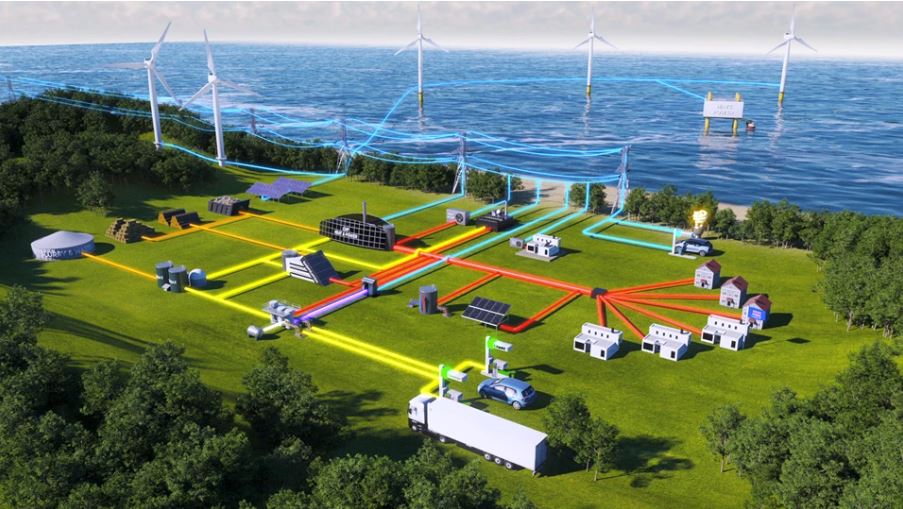The purpose of the project is twofold:
- To further develop existing energy systems and LCA tools, methodologies and models to better determine optimal PtX-integration into the green transition
- To use these models for assessments relevant to defining the optimal locations of new plants based on grid capabilities, market forecasts, biomass and carbon availability and including sector coupling and co-optimisation of gas, electricity, hydrogen and district heating
The project will illustrate the use of data from Energinet’s hub for analyses of optimal placement of PtX plants, depending on local resources and infrastructure. Furthermore, the data from the datahub will be supplemented with data on district heating potentials and available baseload heat demands within the existing district heating area from AAU’s Heat Plan Denmark 2021. Combining both data sources gives a detailed view and possibility to analyse the optimal placement of PtX in various scenarios.
The project encompasses some of the best existing modelling tools, which focus on different aspects of PtX, from analysis at project level with a strong representation of PtX plants, over district heating and long-term storages to international markets for power and hydrogen. Each model will be used to perform scenario analyses to assess the potential benefits and caveats of sector coupling and, in particular, the connection to district heating and the synergy and competition with other district heating technologies.
Analyses will be conducted with similar parameter variations, such as CO2 prices, and subsequently visualized in an online tool, for investors to gain an understanding of the parameters affecting the feasibility of investment decisions.
PlanEnergi contributes with the experience on excess heat from PtX to DH.


